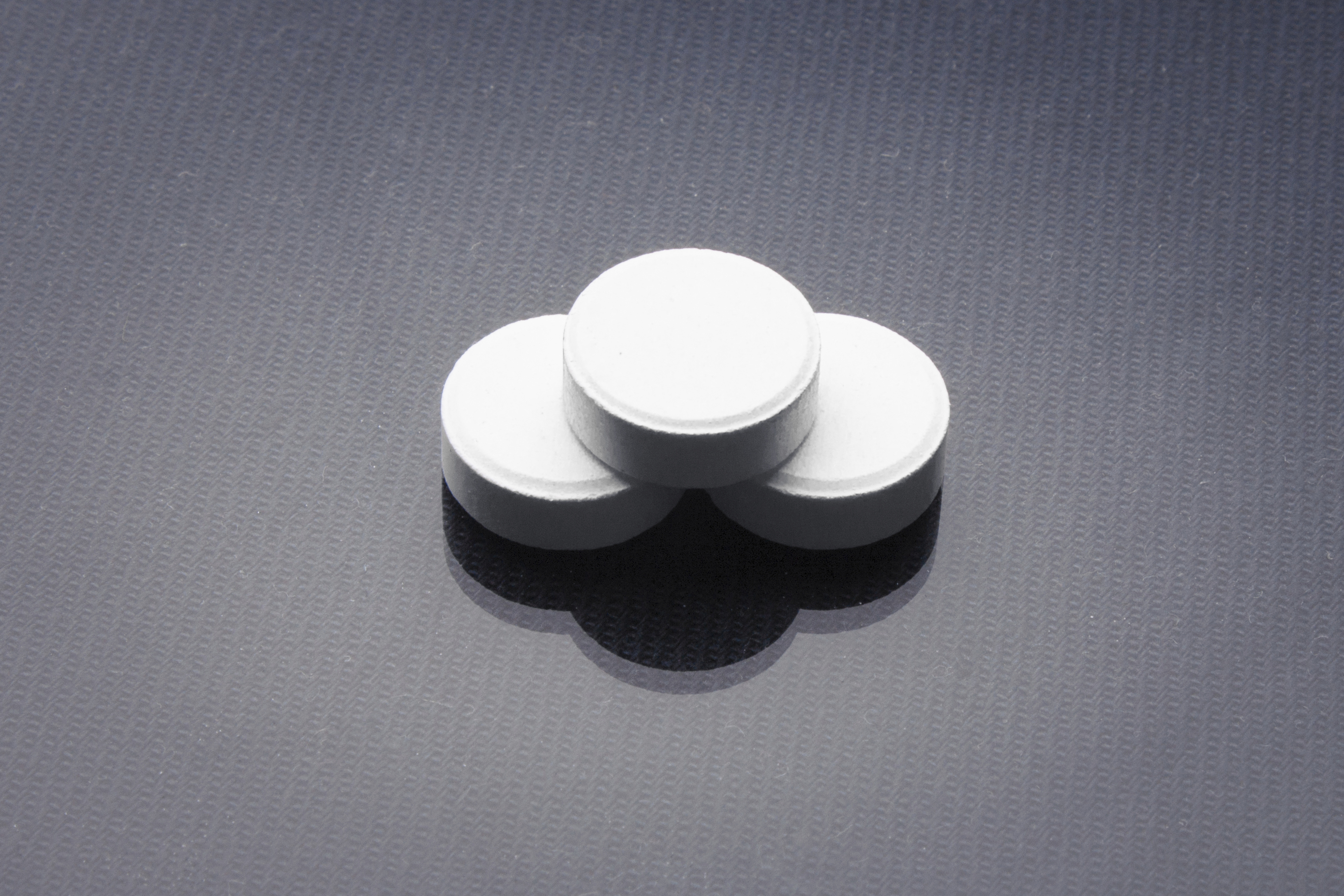What You Need to Know about Molly
Unique in its lack of predictability, Molly (short for molecule) is a pure form of MDMA (methylenedioxy-methamphetamine), akin to the wildly popular club drug ecstasy. A preferred drug within nightclub culture and other environments that are heavily populated by younger adults, Molly’s chemical makeup has gone from pure MDMA to an unpredictable, ever-changing variation of cocktails during its relatively short evolution. This can make it even more difficult to notice the signs of Molly use and addiction but our South Florida behavioral healthcare center is here to educate you on the topic.
The dangerous and unpredictable effects of Molly have been widely publicized. There have been numerous fatal and near-fatal incidents resulting from users’ different reactions to the chemicals in their specific batch. The fact is that a person taking Molly can’t be sure of what’s actually in the drug, or the potency of the dosage. According to Drug Enforcement Administration spokesman, Rusty Payne, most Molly doesn’t even contain any MDMA; in fact, 80 to 90 percent of the time we are given a chemical or substance believed to be Molly, but most of the time it is something completely different.1
In 2013, the DEA said that only 13 percent of the Molly seized in New York over the previous four years actually had any MDMA in it.2 So what is in Molly then? Most often, they are finding that the drug is mixed with a number of different other chemicals, including:
- Ketamine
- Ephedrine
- Dextromethorphan
- Caffeine
- Cocaine
- Synthetic Cathinone
America’s Newest Party Drug

You wouldn’t have to listen to the radio or television long to find a reference glorifying the effects of partying on Molly and the symptoms of someone on Molly. Miley Cyrus, Kanye West, and Madonna have all been criticized for mentioning the drug in their songs or during concerts. Rapper Rick Ross also made a song in which he seemingly promotes the purposeful drugging and sexual abuse of women using Molly. While these celebrities glorify this club drug, you won’t find them talking about the signs of Molly addiction.
The drug began gaining popularity at the start of the 21st century after forerunner Ecstasy waned in popularity due to adulterants tainting the purity of the stimulant and making it more dangerous to take. Molly was branded as a purer, safer crystalline form of MDMA or basically a softer version of Ecstasy.
Molly was first patented in 1912 by Merck Pharmaceuticals, initially as a drug used as a blood-clotting agent. It did not make many headlines until it was rediscovered in the mid-’70s and early ’80s by pharmacologist and chemist Alexander Shulgin. The drug eventually made its rounds amongst psychologists and was employed as a therapy tool and referred to as penicillin for the soul.3 In 1985, it was classified as a Schedule 1 drug because it was found to have no recognized medicinal effects and could lead to a Molly addiction.
Warning Signs of Molly Use
Molly works by increasing the serotonin, dopamine, and norepinephrine in the body. The release of these hormones influences mood, energy level, sexual arousal, and feelings of love and trust. While the immediate effects of the drug can seem euphoric, the aftermath can have damaging effects on various parts of a person’s life. The National Institute on Drug Abuse reports that 12.8 percent of young adults, age 18 to 25, have admitted to trying Molly at least once in their lives; with four percent admitting to usage within the last year.4 There are many different symptoms of someone on Molly that you should look out if you suspect your loved one is using the drug.
The short-term signs of Molly use include:
- Excessive sweating
- Increased body temperature
- Hyperactivity
- Euphoria
- Chills
- Time distortion
- Risky behavior
- Increased friendliness and feelings of closeness
- Increased empathy
Unfortunately, those people who use Molly will do so more than once. This frequent use could lead to other problems.
Is Molly Addictive?
The addictiveness of MDMA is something that has been debated for decades. Research shows that the drug may not be physiologically addictive, though there appears to be some evidence of dependence; with many users continuing use despite knowledge of severe consequences.5
Additionally, while MDMA may not be physiologically addictive, many of the drugs that are used in Molly are. Regardless of the physiological addictiveness, any drug can be psychologically addictive, and MDMA is highly dangerous due to its abuse potential.
The fact is that a person taking Molly can’t be sure of what’s actually in the drug, or the potency of the dosage so the signs of Molly use are harder to decipher, and addiction is possible.
Signs of Molly Addiction
It typically takes about 40 minutes for the symptoms of Molly to kick in, and the effects last for up to six hours. New users often mistakenly believe the drug isn’t working at first and may double or triple down on the dosage. Not surprisingly, doing so could potentially lead to an overdose. Additionally, ravers and partygoers (the crowd the drug is most often associated with) sometimes take more of the drug when they begin to feel the effects of the first dose wear off. Use of the drug can affect someone both physically and emotionally. Our Florida Holistic addiction treatment will help your loved one address all of these issues.
In an effort to prevent your child or loved one from falling victim to Molly addiction, it’s critical to recognize the physical and behavioral signs of Molly addiction, including but not limited to:
- Frequent and inexplicable exhaustion
- Preoccupation with nightclub life
- Heightened anxiety or paranoia
- Decreased appetite
- Sleep disorders or irregularities
- Aggression or mood swings
- Frequent dangerous sexual behavior
- Memory loss
- Depression
- Decline in physical appearance and regular grooming
- Secretive behavior or dishonesty
- Risky behavior
- Indifference
- Decreased health
If you suspect your loved one may have a problem, it is important to look for these signs of molly use and addiction. You should also try to get them into our West Palm detox programs immediately to avoid negative health risks.
Health Risks of Molly Addiction
The exact physical Molly symptoms can be difficult to pinpoint due to the varying nature of the drug’s chemical makeup from batch to batch. What may be in one batch, may not be in another. The DEA says it has seen 200 different types of chemicals in the drug since 2009, with 80 new ones appearing since 2012.6
There are several potential health effects associated with Molly or MDMA abuse. At a minimum, these effects include dehydration, nausea, chills, sweating, muscle cramping, and blurred vision. More significant ramifications of abuse may include kidney failure, heart failure, and arrhythmia.7
The use of MDMA becomes even more dangerous when mixed with alcohol, marijuana, cocaine, caffeine, prescription pills or any other illicit drugs.
Signs of toxicity and Molly overdose tend to include:
- Hyperthermia
- Tachycardia
- Myocardial infarction
- High blood pressure
- Excessive perspiration
- Psychosis
What to Do If Your Loved One Is Showing Signs of Molly Use & Addiction
It’s easy to dismiss the use of Molly as innocent, youthful fun, but the potentially dangerous combination of unknown drugs at unknown dosages and potency make use of the drug akin to playing a game of Russian roulette. It can be very easy for a person to fall into the habit of using Molly as a party drug until they require our South Florida residential addiction program in order to stop. Without help, they could ruin their health entirely.
If you or a loved one have developed a Molly habit, it is critical that you seek treatment right away. At Behavioral Health of the Palm Beaches, we specialize in treating all types of addiction and have become leaders in the addiction care and treatment industry. To learn more about Molly addiction and treatment, download our eBook, Understanding Addiction to Molly. This will provide insight into Molly’s destructive capabilities as well as the best and most prudent forms of treatment.
Sources:
- CNN – There’s something (potentially dangerous) about Molly
- CNN – 9 things everyone should know about the drug Molly
- Independent – Penicillin for the soul?
- National Institute on Drug Abuse – MDMA (Ecstasy/Molly)
- National Institute on Drug Abuse – MDMA (Ecstasy) Abuse
- DEA – 2014 National Drug Threat Assessment
- NCBI – Ecstasy (MDMA) and its effects on kidneys and their treatment: a review



